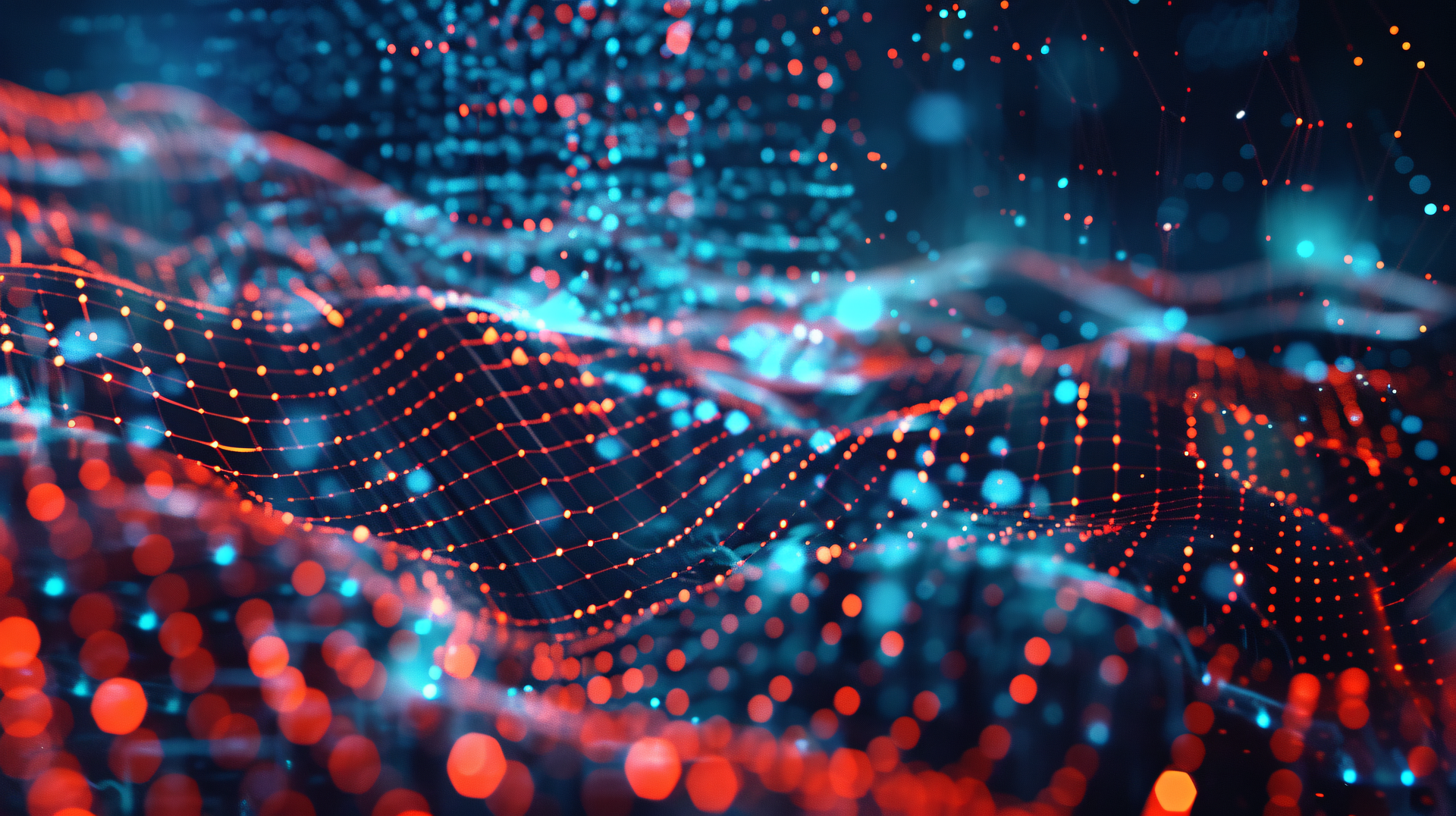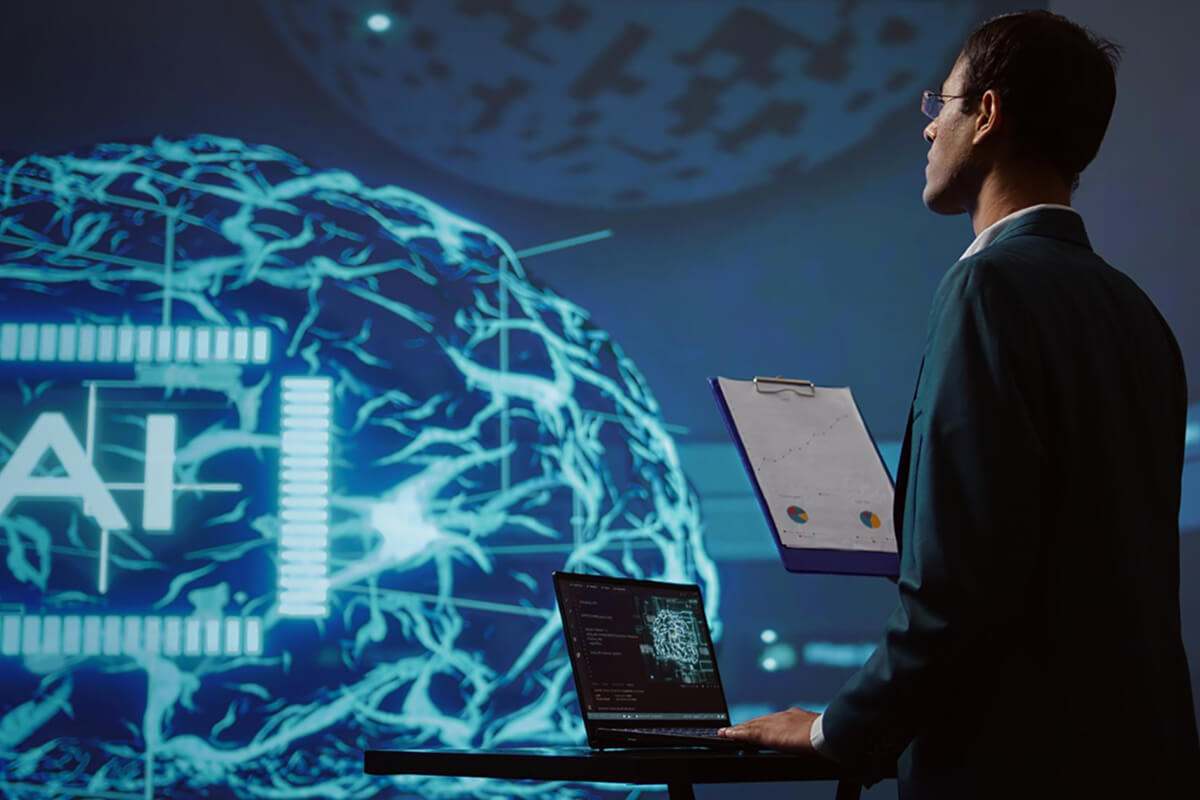AI in Disaster Response: Predicting and Managing Crises
Natural disasters, hurricanes, earthquakes, floods, and wildfires seem to happen with devastating effects and often unforeseen effects on the communities that get hit by these disasters. However, in recent times, artificial intelligence has emerged as a powerful tool that could be deployed towards predicting and mitigating these happenings. With the aid of AI’s abilities in data processing, it is now very possible to predict disasters earlier and respond much quicker with reduced damage. Here, we break down the role of AI in disaster management and response – its application in predicting disasters and optimizing relief efforts.
1. How AI Can Predict Natural Disasters
AI further is resourceful in analysis to predict natural catastrophes. Machine learning (ML) algorithms are a subset of AI and are mainly designed to look for historic trends as well as events happening in real-time. Analyzing data from satellites and weather stations, seismic sensors, and more, AI systems can predict disasters better than ever.
a. Weather Predictions and Climate Monitoring
One of the largest applications of AI in disaster forecasting is weather forecasting. Machine learning algorithms process the data from the atmosphere to predict extreme weather events, including hurricanes, tornadoes, and floods. AI models have revealed higher accuracy in predicting storm trajectories, intensities, and landfall locations.
For example, satellite images allow AI systems to predict the intensity of hurricanes so that authorities have reasonable time to warn of evacuation. These models can also monitor long-term climate patterns that could offer insights on droughts, wildfires, among other slow-onset natural hazards.
b. Earthquake and Tsunami Detection
While it is impossible to predict an earthquake with completely accurate precision, AI allows for advancement in earlier detection capabilities of seismic activity. Machine learning models allow for analyzing the huge volumes of generated seismic data to detect patterns that may indicate an earthquake is about to strike. Researchers also use AI techniques to identify anomalies in the crust of Earth, helping predict aftershocks or other seismic events.
Similarly, AI improves the tsunami forecasting systems by correlating oceanic and seismic data. Recent undersea earthquakes, AI-based alerting systems can now more accurately predict the likelihood of a tsunami for lifesaving alerts for the coastal communities.
2. AI in Improving Disaster Response
Response time can, when disaster strikes, play a very significant role in minimizing damage and saving lives. The use of AI can improve communication, decision-making, and resource allocation, therefore, making disaster management and relief efforts easier and effective.
a. Real-time Mapping and Damage Assessment
AI-powered drones and satellite imagery can inform responders in near real-time of what has occurred in damage areas, even if these areas are remote or inaccessible. Computer vision algorithms within the technologies can analyze images about how much damage has been done and identify hotspots that need to be put on the radar right away. For wildfires, it can pinpoint the most active hotspots and predict where a fire is likely to spread, so firefighting teams can plan accordingly.
Since AI algorithms in floods predict the body flow, they can predict the submersion-specific areas. Authorities can assess a flood situation in time and, therefore, prioritize saving regions in need of rescues sooner.
b. Optimization Resource Allocation
Resource allocation in the case of disaster is considered as a great logistical challenge. AI will help in optimizing the consumption of supply distribution for crucial items such as food, water, medicine, and supply materials. Machine learning models collect data from past disasters, population density, transportation network, etc., to figure out how to deliver supplies efficiently.
Additional advantages of AI chatbots are in interacting with the affected population on reaching real-time information and services. AI has contributed in disseminating alerts, evacuation guidance, and question answering systems, thus letting human responders focus on key interventions.
3. AI for Risk Reduction and Mitigation
While AI is being used to predict and respond to disasters, it will also be used in the longer-term risk reduction and mitigation approach.
a. Urban Planning and Infrastructure Resilience
AI is assisting cities in building resilience by trying to analyze potential risks of various types of disasters. For instance, AI models can even examine the risk of flood based on topographical data, rainfall patterns, and drainage system capacity. The approach of flood prevention measures such as optimized drainage systems and levees constitute part of the resilience within the infrastructure that will be designed by urban planners.
In similar ways, AI models allow researchers to predict what aspects of buildings are more likely to be structurally vulnerable to earthquakes, so architects and engineers can reinforce structures and design disaster-resistant buildings.
b. Climate Change Mitigation
AI can be applied in monitoring and managing those environmental aspects that contribute to the occurrence of natural disasters. As such, AI is applied in predicting how global temperature rise and deforestation contribute towards an increased wildfire risk. AI models analyze climate data as it guides reforestation efforts and improves how land is managed to reduce the frequency and severity of wildfires.
c. Challenges and Ethical Considerations
Although AI certainly has its transformative potential, adoption in disaster management is not without its limitations. Proper working of AI models hinges on the availability of good-quality data, which many disaster-prone regions might not be in a position to generate and process. Second, AI models require periodic updates to maintain their accuracy as the environmental patterns of the local region alter due to climate change.
The usage of AI in disaster response also comes with ethical issues. The implementation of AI technologies raises the problem of privacy, particularly in the use of drones and real-time surveillance in emergency situations. Moreover, the role of AI is still built upon predicting and advising the decisions, even as human judgment and over sight play a huge part in affecting decision-making when it comes to life and death matters.
Conclusion: AI as a Critical Tool for the Future
As climate change is making natural disasters not only more frequent but also more intense, the increasing importance of AI in the response and management of disasters will shortly become exemplary. From forecasting hurricanes and earthquakes to optimizing relief efforts, AI continues advancing our capacity to better respond than ever before to natural catastrophes. All this notwithstanding, AI is undeniable in its potential to save lives and reduce damage. There are larger investments in AI technologies and data infrastructure. Thus, we prepare better for and respond better to increasing natural disasters.
Natural disasters can’t be prevented by AI, but it can help us to predict them, react faster, and ultimately, build more resilient communities.








